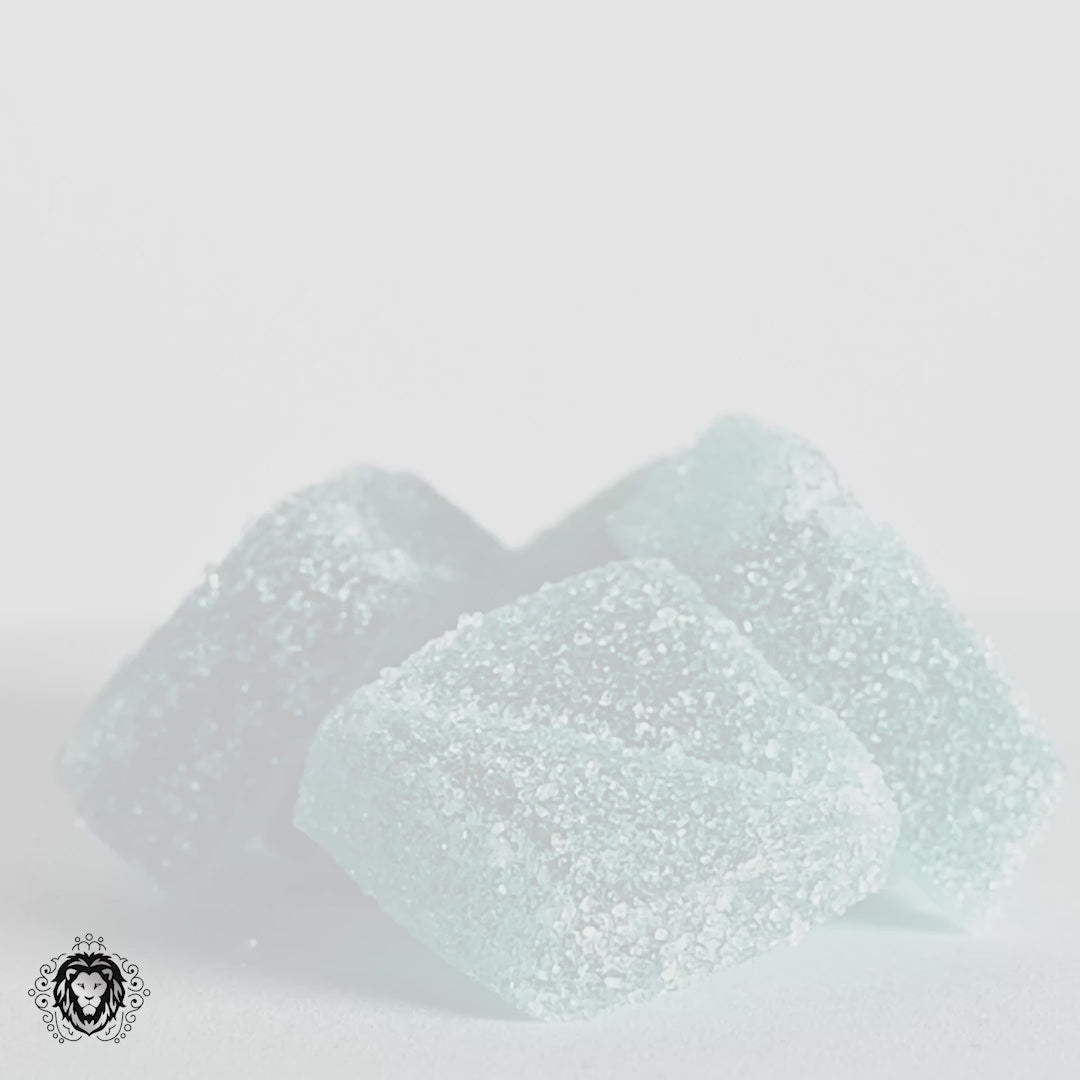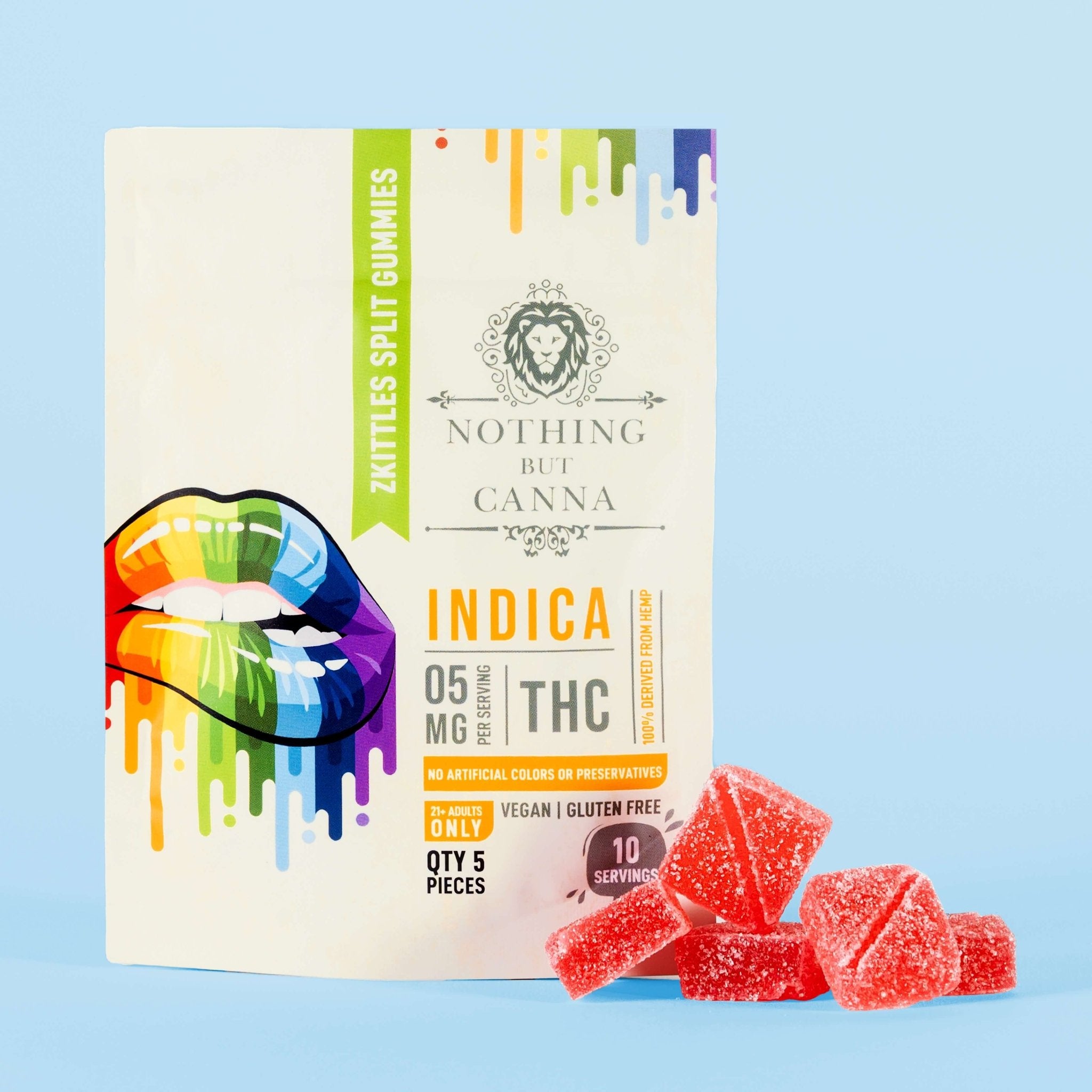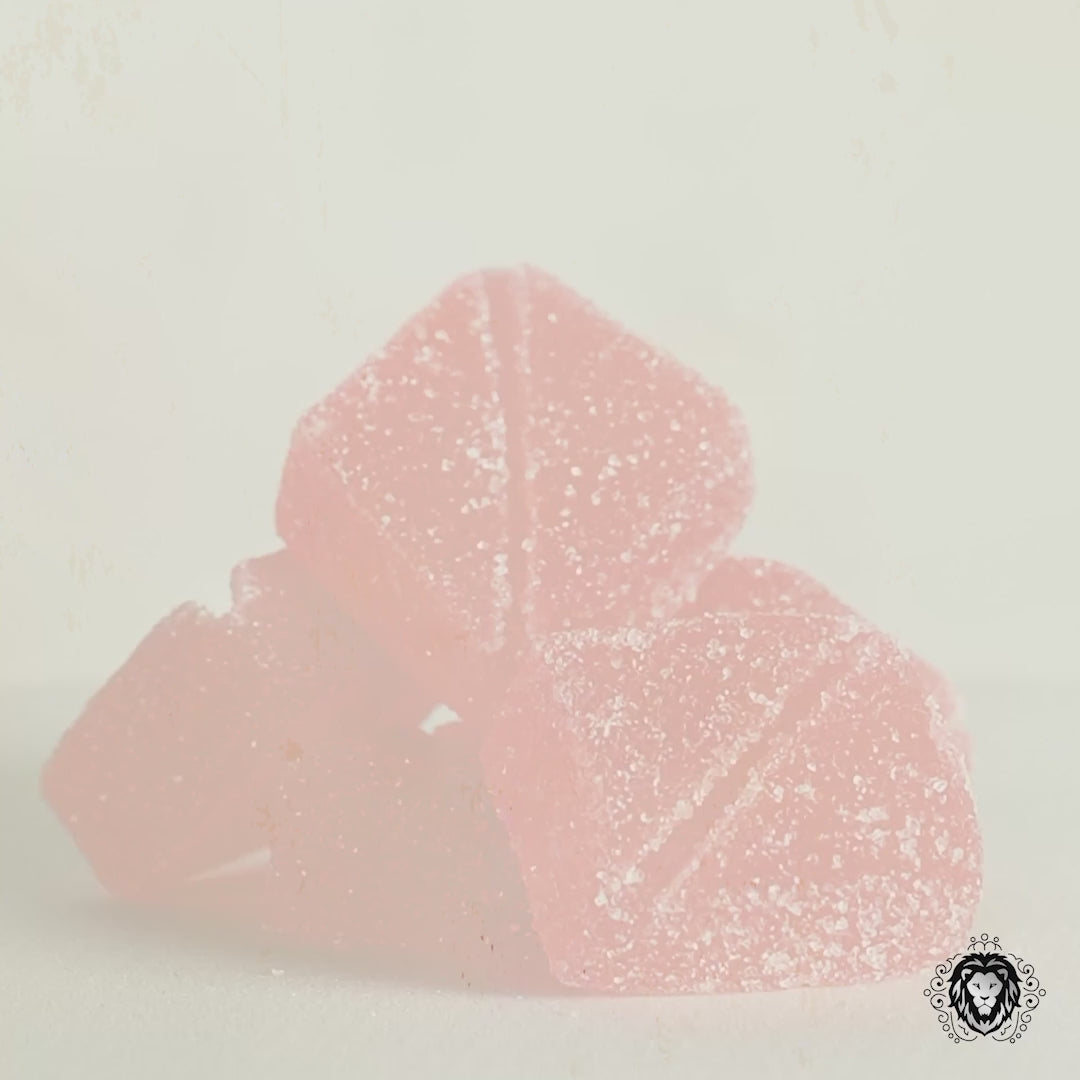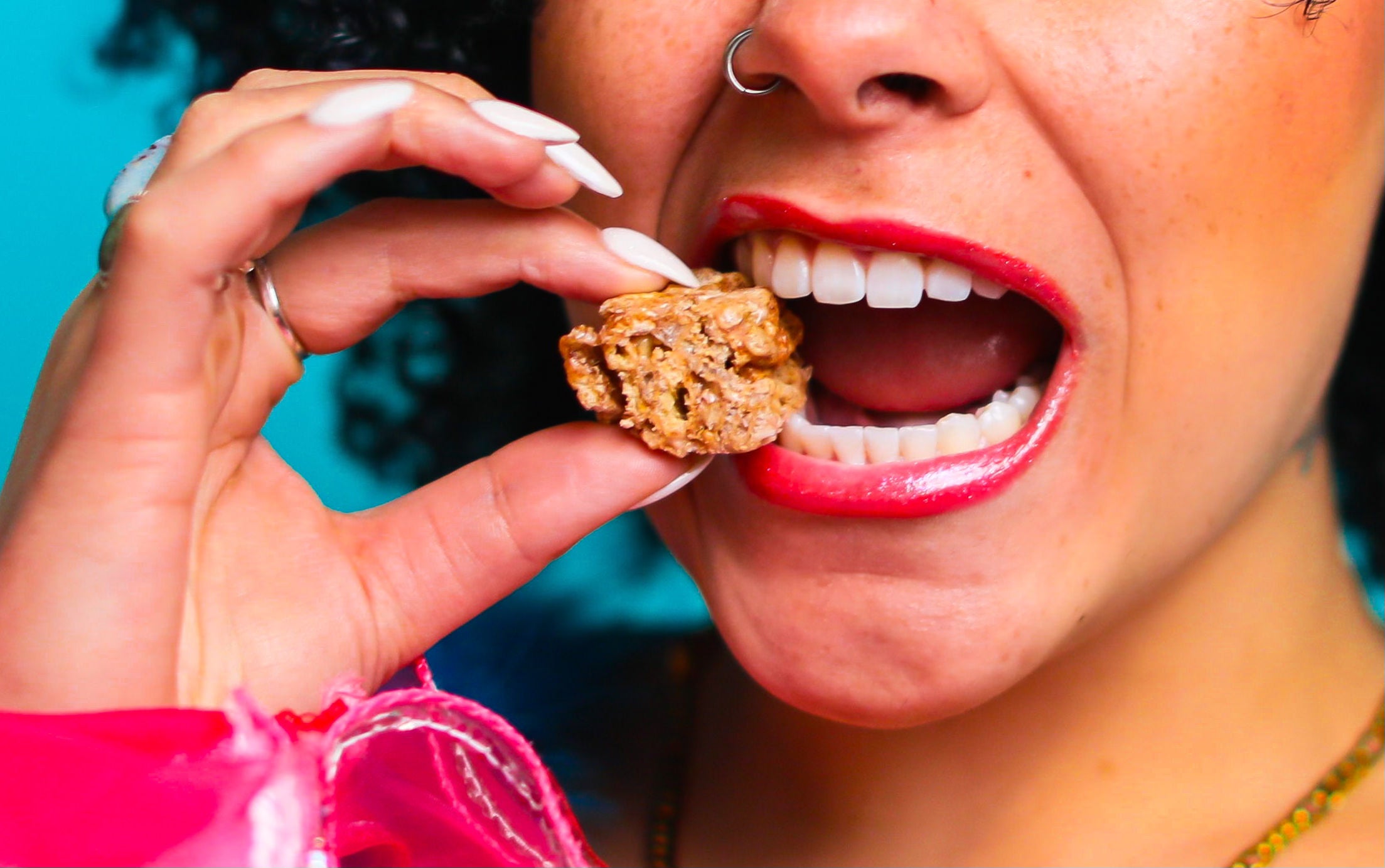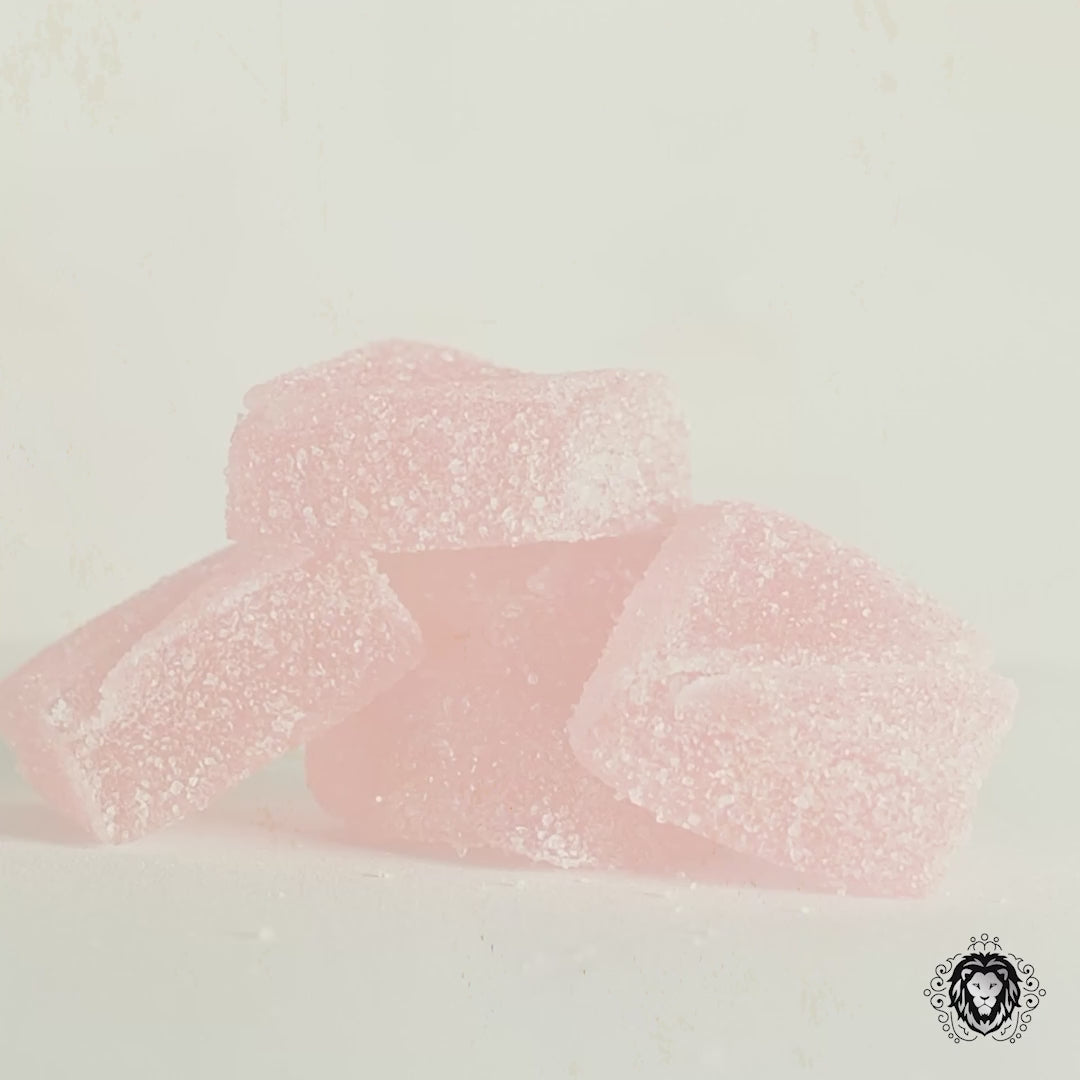
The medical industry knew CBD was an effective treatment for some types of epilepsy. Now researchers are exploring how it works — with resulting interest in CBGA and the full-spectrum effect.
CBD and Seizures In 2018, the U.S. Food & Drug Administration approved a CBD-based medication made to treat seizures associated with two types of epilepsy: Lennox-Gastaut syndrome and Dravet syndrome.
A clinical trial showed that taking a CBD-based formula in addition to traditional seizure medication reduced the number of drop seizures in children and adults with Lennox-Gastaut syndrome.
Another study showed that taking CBD helped decrease the number of convulsive seizures in participants with Dravet syndrome. However, some people did experience side effects including diarrhea, vomiting, fatigue, fever and withdrawals.
According to the Epilepsy Foundation, the CBD-based medication Epidolex was the first FDA-approved medication to treat seizures in Dravet syndrome, a form of childhood epilepsy that’s especially difficult to treat. And because it could be used by children as young as two, it was celebrated as a plant-based option for children with either syndrome.
In short: They knew it worked.
What’s been more mysterious is how, exactly, the plant’s compounds work inside the body to prevent the aforementioned seizures. But Science Daily reports that recent research from pharmacologists at the University of Sydney has shed new light on those inner workings.
According to the study — which was published by the British Journal of Pharmacology — we can give credit to three cannabinoids for reduced seizures in a mouse model of Dravet syndrome.
One of these is cannabigerolic acid (CBGA), the "mother of all cannabinoids.” As one of the study’s authors, Associate Professor Jonathon Arnold, explained: It’s the molecular precursor to cannabidiol (CBD) and tetrahydrocannabinol (THC).
The study’s lead author, Dr. Lyndsey Anderson, told Science Daily that CBGA was more effective than CBD in reducing seizures triggered fevers in the mouse model of Dravet syndrome. But higher doses of CBGA in some cases promoted convulsions for other seizure types, showing that there are limitations to its potential use.
"We also found CBGA to affect many epilepsy-relevant drug targets," Dr. Anderson said, referring to molecules in the body that a medication could influence for a therapeutic effect.
The Full-Spectrum Effect May Apply Here Too
The research team plans to continue its work with the aim of improving cannabis-based treatments for Dravet syndrome. And now that they’ve explored the effects of individual compounds, they might take a look whether the whole is greater than the sum of its parts.
“There remains a real possibility that all these individual anticonvulsant cannabinoids might work better when combined.”
— Dr. Lyndsey Anderson, the study’s lead author
"We have assessed the cannabinoids one by one and now we are exploring what happens when you put them all back together. There remains a real possibility that all these individual anticonvulsant cannabinoids might work better when combined," Dr. Anderson said.
Oh, and it turns out people were using cannabis to treat seizures in the 1800s, until prohibition got in the way.
"From the early nineteenth century cannabis extracts were used in Western medicine to treat seizures but cannabis prohibition got in the way of advancing the science," Associate Professor Arnold told Science Daily. "Now we are able to explore how the compounds in this plant can be adapted for modern therapeutic treatments."
The source of funds for this study was a family touched by epilepsy. Barry and Joy Lambert sought to advance scientific research on cannabis-based therapeutics with a 2015 donation to the University of Sydney. Their granddaughter Katelyn has Dravet syndrome, the symptoms of which improved markedly after using a cannabis extract.
According to Science Daily, the Lambert Initiative "established a preclinical epilepsy research program to help understand how cannabis extracts, a mixture of hundreds of bioactive molecules, have anticonvulsant effects.”
New answers have led to more questions, and it looks like the research may be just beginning.



























